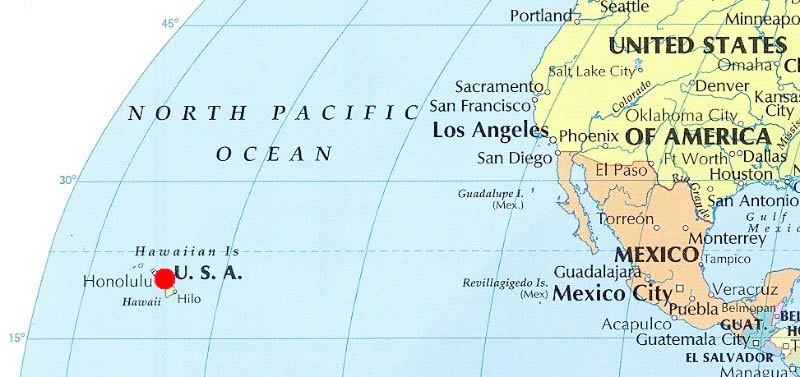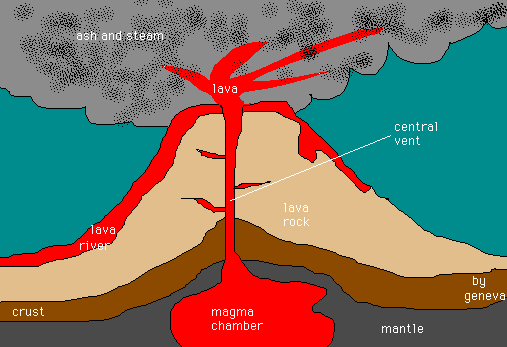Kilauea Volcano: Hawaii | 23 Dec 2020
Why in News
- Recently, Kilauea volcano in Hawaii’s Big Island erupted which was followed by an earthquake of magnitude 4.4.
Key Points
- Kilauea Volcano:
- Kilauea, also called Mount Kilauea (“Much Spreading” in Hawaiian), is located in Hawaii Volcanoes National Park on the southeastern part of the island of Hawaii, U.S.A.
- Kilauea’s slopes merge with those of the nearby volcano Mauna Loa on the west and north.
- It ranks among the world's most active volcanoes. It is an elongated dome built of lava eruptions from a central crater and from lines of craters extending along east and southwest rifts, or fissures.
- The volcano’s 4,090-foot (1,250-metre) summit has collapsed to form a caldera, a broad shallow depression nearly 3 miles (5 km) long and 2 miles (3.2 km) wide with an area of more than 4 square miles (10 square km).
- A caldera is a depression created after a volcano partially collapses after releasing the majority of its magma chamber in an explosive eruption.
- Eruptive History:
- The caldera was the site of nearly continuous activity during the 19th century and the early part of the 20th century.
- Since 1952, Kīlauea has erupted 34 times.
- From 1983 to 2018 eruptive activity was nearly continuous along the volcano's East Rift Zone.
- Kilauea, also called Mount Kilauea (“Much Spreading” in Hawaiian), is located in Hawaii Volcanoes National Park on the southeastern part of the island of Hawaii, U.S.A.
- Volcanoes in India:
- Barren Island, Andaman Islands (India's only active volcano)
- Narcondam, Andaman Islands
- Baratang, Andaman Islands
- Deccan Traps, Maharashtra
- Dhinodhar Hills, Gujarat
- Dhosi Hill, Haryana
Volcano
- A volcano is an opening on the surface that allows material warmer than its surroundings to escape from its interior.
- When this material escapes, it causes an eruption. An eruption can be explosive, sending material high into the sky. Or it can be calmer, with gentle flows of material.
- On Earth, the erupted material can be liquid rock ("lava" when it's on the surface, "magma" when it's underground), ash, cinders, and/or gas.
- There are three reasons why magma might rise and cause eruptions onto Earth’s surface:
- Magma can rise when pieces of Earth's crust called tectonic plates slowly move away from each other. The magma rises up to fill in the space. When this happens underwater volcanoes can form.
- Magma also rises when these tectonic plates move toward each other. When this happens, part of Earth's crust can be forced deep into its interior. The high heat and pressure cause the crust to melt and rise as magma.
- A final way that magma rises is over hot spots.
- Hot spots are the hot areas inside of Earth. These areas heat up magma. The magma becomes less dense. When it is less dense it rises. Each of the reasons for rising magma are a bit different, but each can form volcanoes.


